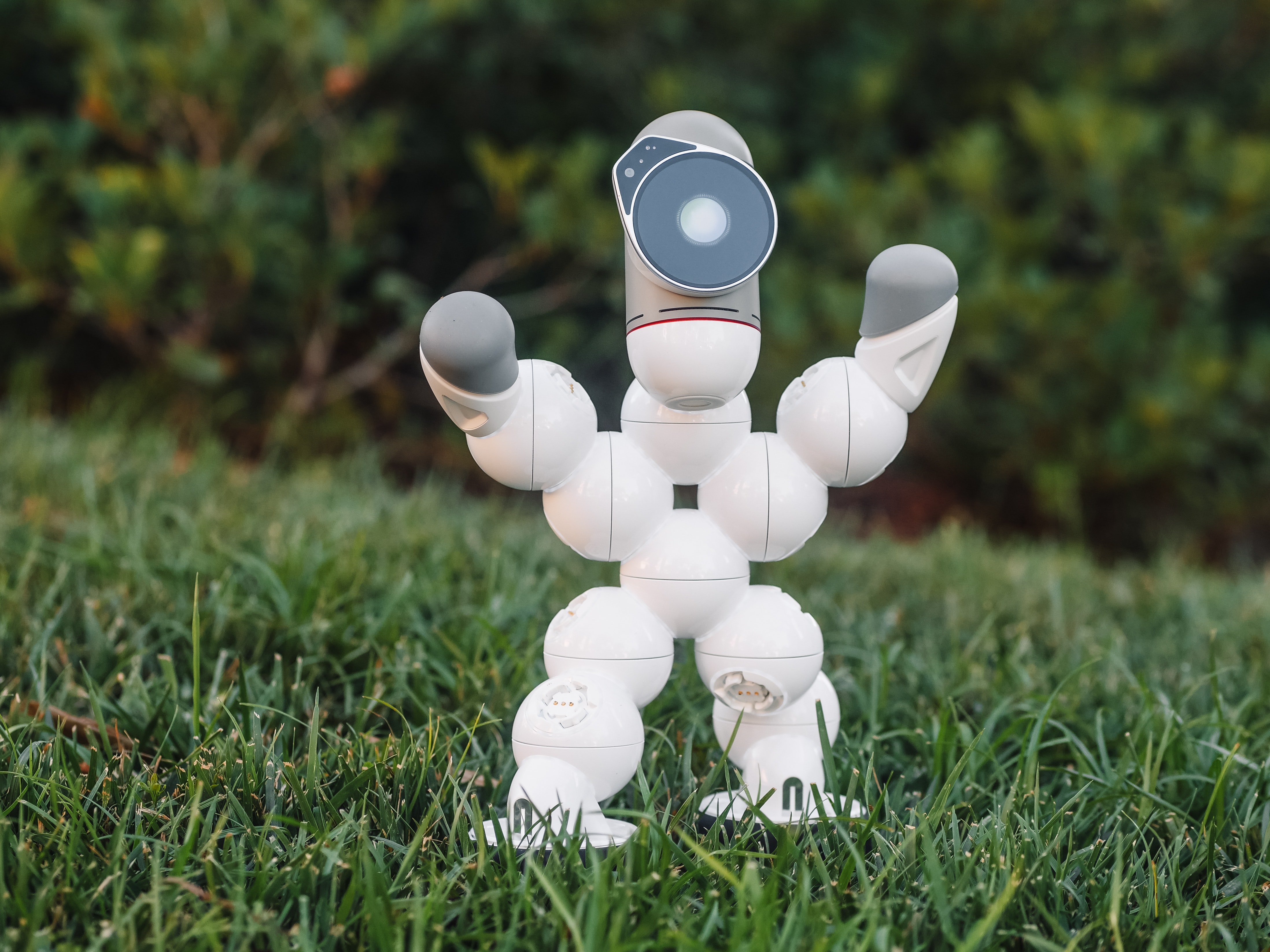🌾 Sowing Intelligence: How AI Is Cultivating the Future of Agriculture
By - Blink AI Team / First Created on - July 16, 2025
- Introduction: From Tradition to Transformation
- 1. Precision Farming: Every Drop and Seed Counts
- 2. Predictive Analytics: AI That Sees the Future
- 3. Smart Irrigation Systems: Saving Every Drop
- 4. Automated Machinery: The Rise of AgriBots
- 5. AI for Supply Chain and Market Intelligence
- 6. Challenges and Ethical Concerns
- Conclusion: A Greener, Smarter Tomorrow

Introduction: From Tradition to Transformation
For centuries, agriculture has been rooted in tradition — passed down through generations, built on experience and intuition. But today, as climate change intensifies, global demand increases, and labor shortages hit hard, farmers need more than just instinct.
They need intelligence.
More precisely — Artificial Intelligence.
More precisely — Artificial Intelligence.
AI in agriculture is no longer experimental. It’s practical, powerful, and rapidly becoming essential. As part of this research, I spoke with agritech founders, studied field-level AI deployments, and observed how machine learning is reshaping how we grow food.
1. Precision Farming: Every Drop and Seed Counts
Precision farming is one of the biggest beneficiaries of AI.
Using drones, satellite data, and IoT sensors, AI algorithms can now analyze:
-
Soil quality
-
Moisture levels
-
Nutrient distribution
-
Crop health (down to the leaf)
Example:
John Deere's See & Spray™ technology uses AI vision systems to identify weeds in real-time and apply herbicide only where needed — reducing chemical use by up to 90%.
John Deere's See & Spray™ technology uses AI vision systems to identify weeds in real-time and apply herbicide only where needed — reducing chemical use by up to 90%.
Farmers are no longer guessing; they’re making data-backed decisions.
2. Predictive Analytics: AI That Sees the Future
AI models can now predict:
-
Weather patterns
-
Crop disease outbreaks
-
Pest movement
-
Market prices
This allows farmers to:
-
Time their sowing and harvesting better
-
Prepare for pest invasions early
-
Store crops when prices are low and sell when high
Example:
IBM’s Watson Decision Platform for Agriculture combines AI with satellite data and weather models to offer hyper-local recommendations to farmers — down to a single acre.
IBM’s Watson Decision Platform for Agriculture combines AI with satellite data and weather models to offer hyper-local recommendations to farmers — down to a single acre.
3. Smart Irrigation Systems: Saving Every Drop
Water scarcity is a global concern. AI-powered irrigation systems monitor:
-
Weather forecasts
-
Soil moisture in real time
-
Plant water uptake
Then, they activate irrigation only when needed — minimizing water waste and energy usage.
Example:
CropX and Arable have created sensors that sync with mobile apps to control irrigation zones intelligently. This isn’t just efficient — it’s eco-conscious farming.
CropX and Arable have created sensors that sync with mobile apps to control irrigation zones intelligently. This isn’t just efficient — it’s eco-conscious farming.
4. Automated Machinery: The Rise of AgriBots
From self-driving tractors to autonomous harvesters, AI is powering machines that can:
-
Plant seeds with GPS-level accuracy
-
Navigate fields without human input
-
Detect ripe produce for harvesting
This is especially critical in areas facing labor shortages or aging farming populations.
Example:
Naïo Technologies and AgXeed have developed autonomous weeding and planting robots used in Europe and the U.S.
Naïo Technologies and AgXeed have developed autonomous weeding and planting robots used in Europe and the U.S.
These machines work 24/7 — no fatigue, no breaks, just consistent output.
5. AI for Supply Chain and Market Intelligence
AI isn’t just used in the field — it also helps after harvest.
Algorithms help:
-
Predict consumer demand
-
Optimize storage conditions
-
Reduce spoilage
-
Automate logistics and route planning
Example:
Agrosmart and CropIn use AI to monitor crop quality during transit, reducing food loss between farm and market.
Agrosmart and CropIn use AI to monitor crop quality during transit, reducing food loss between farm and market.
6. Challenges and Ethical Concerns
While AI is promising, it’s not without concerns:
-
Accessibility: Small farmers may lack resources to afford AI tech.
-
Data Privacy: Who owns the data collected from farms?
-
Overdependence: Too much reliance on AI could reduce farming skills in future generations.
These are critical areas policymakers and innovators must address for AI to be truly inclusive.
Conclusion: A Greener, Smarter Tomorrow
The future of agriculture won’t be built on guesswork — it’ll be driven by data, machine intelligence, and human insight. AI is not here to replace farmers but to empower them — helping them grow more with less, protect natural resources, and ensure food security for billions.
As we stand at the intersection of tradition and technology, one thing is clear:
The future of farming is smart, sustainable, and AI-powered.
The future of farming is smart, sustainable, and AI-powered.